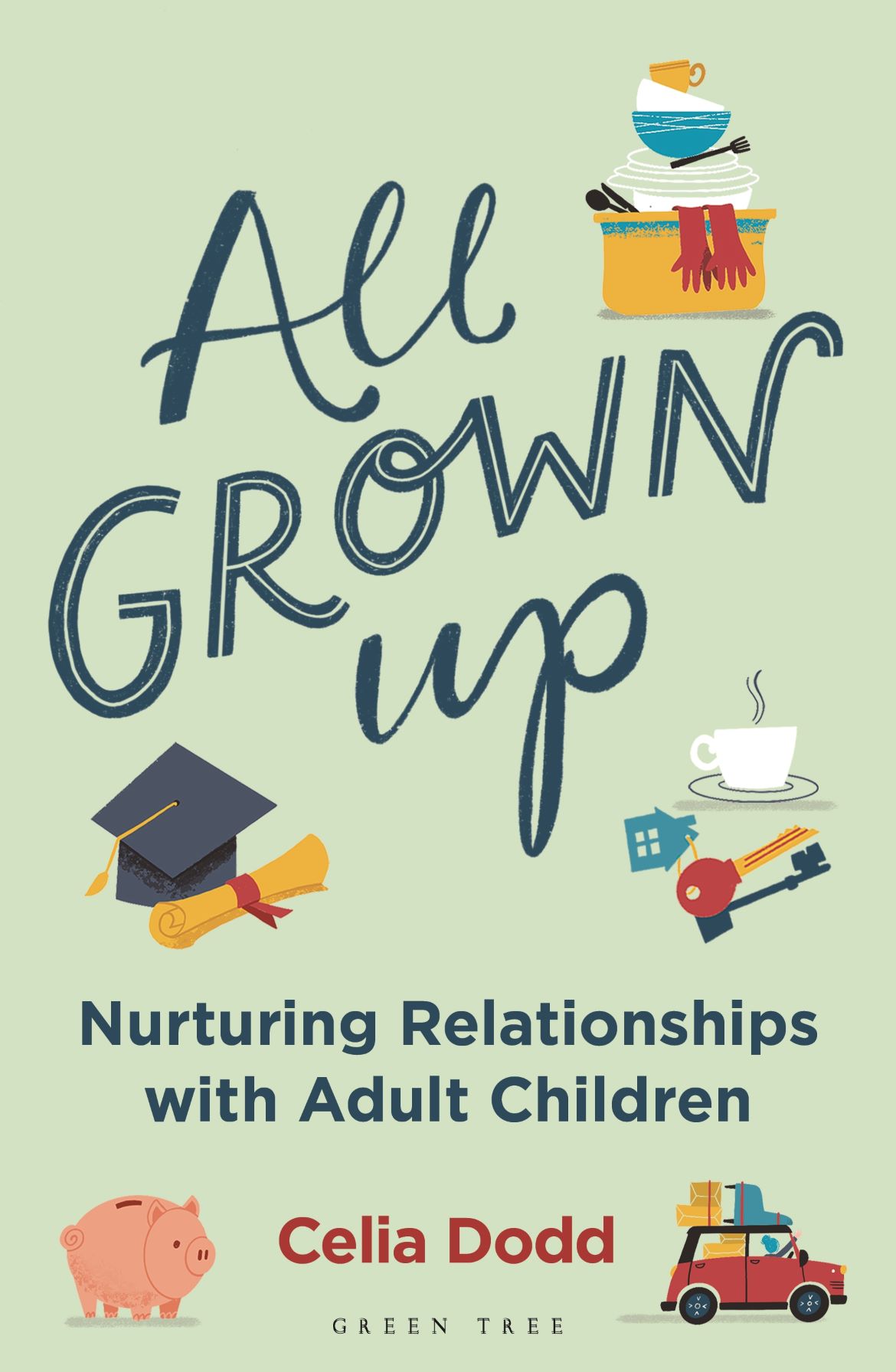Experienced author and journalist, Celia Dodd, on how interweaving first-person quotes from interviewees and experts can breathe life into non-fiction writing.

When I started writing for the Independent in the 1990s I worked with a brilliant features editor who understood the power of individual stories to grab the reader’s attention, to lift a worthy but perhaps slightly dry topic into a piece that inspired empathy and interest. She encouraged me to combine long first-person quotes that captured an interviewee’s voice with copy that filled in the crucial background context, with facts, stats and interviews with experts.
I tried the same approach when I turned to writing books, although at first I wasn’t sure it would work. In fact it really suited the major life transitions I write about, such as retirement and the empty nest. What interests me most is how people manage the huge emotional and psychological challenges of these massive changes. Nothing can bring this to life as vividly and immediately as the voices of people who speak from the heart.
I also think individual testimonies can be incredibly helpful in working things out for ourselves rather than being told what to do. It’s a bit like sounding out a trusted friend before making a big decision: you probably won’t copy them exactly, but hearing about what they did is one of the best ways to work out what would be right for you.
That’s particularly useful in retirement, for example, which is all about making highly individual choices; there is no one size fits all. So for Not Fade Away I interviewed more than 60 retired people with a wide range of experiences, who talk openly about the mistakes they’ve made, as well as the things that worked well for them. When it comes to my books on adult children, I hope that if the reader can empathise and identify with other parents’ dilemmas and difficulties it will throw new light on the issues they face themselves. That goes for me too! I’ve learnt so much from listening to other parents.
Of course, to be really effective personal experiences need to be set against a fully rounded background picture, and that’s painted by interviews with leading experts in the field, as well as the latest research data and stats. I admit that there are times when interweaving so many different strands makes my head hurt! My approach is to map out a concise chapter plan (about two pages in total), with about five topics to cover in each chapter, subject to approval at the proposal stage by the publisher. I then make two separate lists of case histories and experts to interview, by casting the net wide to find the best people to talk to. This is the most exciting stage: trawling through newspaper cuttings and approaching specialist organisations who often go out of their way to help. Sometimes it’s pure serendipity. During one sleepless night I chanced upon the perfect interviewee for All Grown Up on Farming Today.
I wait until I’ve completed the bulk of the interviews with both experts and case histories before making a second, much more detailed, chapter plan, using the original as a template. It’s based on the interview transcripts, with key points highlighted. On average the plan is four or five pages per chapter, covered in colour-coded notes. It’s constantly updated with brightly coloured scribble as new thoughts and connections occur – usually during a long walk or a swim.
 I always try to keep an open mind: I’ve often gone into an interview with a case history expecting to talk about one subject, only to end up discussing something totally unexpected. I once called a retired police officer with questions about how his kids leaving had made retirement harder, but the conversation soon turned to his spiritual journey to Nepal. Along the way there are always lightbulb moments, when an interviewee opens the door to an idea I hadn’t considered before, or an expert expands on something a case history mentioned. In an instant, the puzzle starts to make sense.
I always try to keep an open mind: I’ve often gone into an interview with a case history expecting to talk about one subject, only to end up discussing something totally unexpected. I once called a retired police officer with questions about how his kids leaving had made retirement harder, but the conversation soon turned to his spiritual journey to Nepal. Along the way there are always lightbulb moments, when an interviewee opens the door to an idea I hadn’t considered before, or an expert expands on something a case history mentioned. In an instant, the puzzle starts to make sense.
I have two rules: I show all interviewees their final, edited quotes and make any changes they ask for. It’s a time-consuming and laborious process to make sure that 60-odd people have seen their quotes, but it is essential. If people trust that they have control over their contribution, they feel more relaxed about speaking openly. And although what they say has to be edited, for length as well as relevance, I stick carefully to the language and idioms they use, as well as the everyday details of their lives, because that’s what brings someone to life on the page – and hopefully inspires empathy in the reader.
Celia Dodd is a journalist and the author of ‘Not Fade Away: How to thrive in retirement’ (Green Tree) and ‘The Empty Nest: Your Changing Family, Your New Direction’ (Piatkus). She has over 30 years’ experience of writing for The Times, The Independent, The Daily Mail and Radio Times about relationships, families, health and education. Her new book, ‘All Grown Up: Nurturing Relationships with Adult Children’, is published by Green Tree in June.
Website: www.celiadodd.co.uk |Twitter: @celia_dodd | LinkedIn
Author photo by James Clarke
Comments